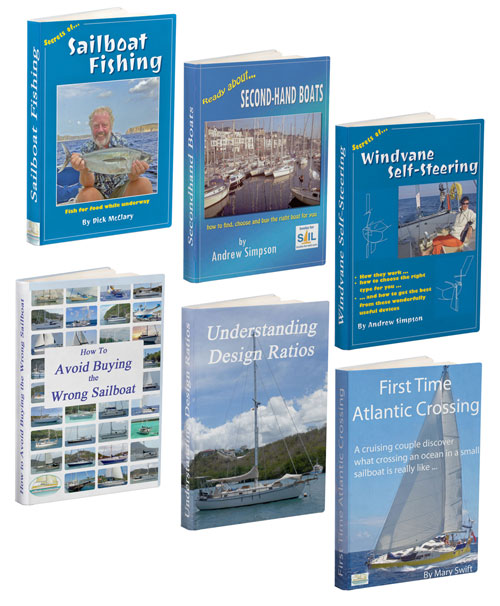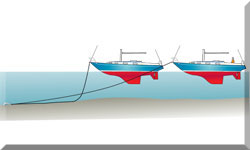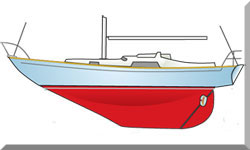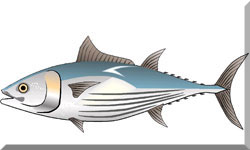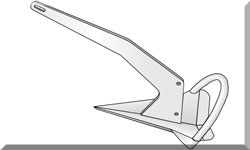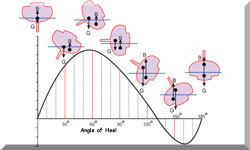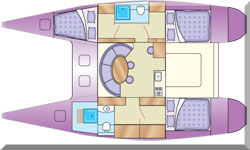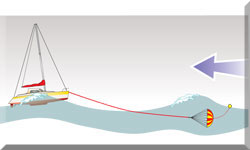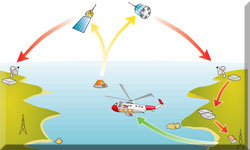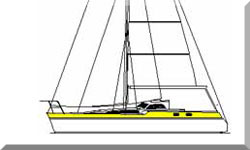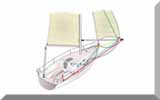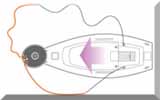- Home
- Electrical Systems
- Marine Solar Panel
- Marine Solar Panel Issues
Marine Solar Panels: Your Questions Answered
Marine solar panels are a game-changer for cruising sailors. Let's face it, anything that reduces the need to run our engines is to be applauded.
Here are the answers to commonly asked questions, from how marine solar panels work to tips on installing and keeping them in top shape.
What are the benefits of installing marine solar panels on a boat?
What are the benefits of installing marine solar panels on a boat?
- Energy Independence: Reduce reliance on marinas and shore power by generating electricity onboard.
- Silent Operation: Unlike generators, solar panels operate noiselessly, improving the onboard experience.
- Eco-Friendly Power Source: Lower your carbon footprint by utilizing renewable energy.
- Cost Savings: Save on fuel costs and maintenance associated with generators over time.
- Extended Battery Life: Reduce the wear and tear on batteries by providing consistent charging.
- Convenience: Power essential systems even in remote locations, enhancing safety and comfort during extended cruises.
What is the biggest issue with solar panels?
What is the biggest issue with solar panels?
Marine solar panels are a great way to use the sun for power while you're out on the water. But they do have their challenges. Flexible panels are lightweight and easy to install, but they can crack if bent too much or hit by something. Even vibrations from the boat can cause damage over time. Plus, bad weather like hail or big temperature changes can wear them down.
Rigid panels are tougher and can take more of a beating. But they need more space and special mounts, which might not work well on certain boats.
Rigid panels, while more durable, require more space and mounting structures, which might not always be feasible on boats.
But you can get away with standing on a flexible panel—you won't with a rigid one!
What types of marine solar panels are available, and which one is best for my needs?
What types of marine solar panels are available, and which one is best for my needs?
It depends what your needs are, but each type of marine solar panel has its pros and cons:
- Rigid Panels: These provide the highest efficiency and are ideal for boats with sufficient flat mounting surfaces. They are durable and capable of withstanding harsh marine conditions.
- Semi-Flexible Panels: Lightweight and perfect for curved surfaces such as bimini tops. They’re easier to install but may be less efficient than rigid panels.
- Flexible Panels: Ultra-thin panels that conform to irregular shapes. They’re portable and suitable for temporary setups, but their efficiency is lower compared to the other types.
Choosing the best panel depends on factors like available installation space, budget, and your intended use (e.g., occasional cruising vs. extended voyages).
How do I calculate the size and number of solar panels required for my boat?
How do I calculate the size and number of solar panels required for my boat?
To determine your energy needs:
- Step 1: Add up the energy consumption of all onboard devices (e.g., navigation systems, fridge, lights).
- Step 2: Consider usage patterns—how long each device operates daily.
- Step 3: Divide the total watt-hours by the average daily sunlight hours in your cruising region to estimate the required solar capacity.
It's wise to account for inefficiencies (e.g., wiring losses) and build some buffer capacity for days with less sunlight.
What is the difference between monocrystalline and polycrystalline solar panels?
What is the difference between monocrystalline and polycrystalline solar panels?
Monocrystalline Panels:
- Highly efficient and compact, making them ideal for space-constrained installations.
- Perform better in low-light conditions.
- Slightly more expensive upfront.
Polycrystalline Panels:
- Less efficient but lower cost.
- Better suited for larger installations where space is not a concern.
- Have a distinct blue hue due to multiple silicon crystals.
Can marine solar panels charge 24V or 48V battery banks?
Can marine solar panels charge 24V or 48V battery banks?
Yes, solar panels can charge higher-voltage systems.
Additional Requirements:
- Use compatible MPPT or PWM charge controllers to step down or regulate voltage efficiently.
- Ensure wiring and connectors can handle the voltage safely.
Advantages:
- Higher-voltage systems are often more efficient for boats with significant energy demands.
What is the role of MPPT and PWM charge controllers, and which one should I use?
What is the role of MPPT and PWM charge controllers, and which one should I use?
MPPT Controllers:
- Track the maximum power point to optimize panel output.
- Ideal for systems with multiple panels or large installations.
- More expensive but provide greater energy efficiency.
PWM Controllers:
- Simpler and cheaper but less efficient.
- Suitable for smaller systems or those with limited energy demands.
Will solar panels work effectively on cloudy days or in shaded areas?
Will solar panels work effectively on cloudy days or in shaded areas?
Performance on Cloudy Days:
- Solar panels can generate some power but at reduced efficiency (10–25% of normal).
- Monocrystalline panels perform better under diffuse light conditions.
Impact of Shading:
- Partial shading can significantly reduce output; strategic placement and bypass diodes can mitigate this issue.
Tips:
- Avoid locations with frequent shade from masts, rigging, or other structures.
How do I install marine solar panels on my boat, and what are the best mounting options?
How do I install marine solar panels on my boat, and what are the best mounting options?
Installation:
- Panels can be mounted on decks, biminis, railings, or davits using fixed or adjustable mounts.
- Ensure wiring and connectors are waterproof and corrosion-resistant.
Placement Considerations:
- Optimize orientation for maximum exposure to sunlight.
- Secure panels against vibrations and movement at sea.
Common Mounting Options:
- Fixed mounts for permanent installations.
- Tilt mounts for adjustable angles.
- Rail or pole mounts for modular flexibility.
What maintenance is required to keep marine solar panels functioning optimally?
What maintenance is required to keep marine solar panels functioning optimally?
Routine care ensures long-term reliability
Cleaning:
- Regularly remove dirt, salt, bird droppings, or algae build-up from the panel surface.
- Use mild soap and a soft cloth to avoid scratches.
Inspection:
- Check wiring and connectors for signs of corrosion or damage.
- Ensure panels are securely mounted, especially after storms.
Testing:
- Monitor panel output periodically to detect inefficiencies.
How long do marine solar panels typically last, and what warranties are available?
How long do marine solar panels typically last, and what warranties are available?
Longevity:
- Panels generally last 20–25 years, with efficiency declining slightly over time.
- Durability depends on the panel type and exposure to harsh conditions.
Warranties:
- Most manufacturers offer performance warranties covering output for 10–25 years.
- Verify warranty terms to cover potential issues like material defects or water ingress.
Recent Articles
-
Offshore Passage Making: A Sailor's Essential Guide
Mar 30, 25 03:16 PM
Does the allure of the open ocean call to you? If so, the tips and advice within this Guide to Offshore Passage Making will make essential reading... -
All About Offshore Sailboats and Their Essential Sailing Qualities
Mar 30, 25 02:10 PM
Here’s why some offshore sailboats so much better suited for long-distance offshore sailing than others, and it’s not all a matter of hull construction material and displacement -
Performance Cruising and Sailboats Designed For It.
Mar 30, 25 02:04 PM
Performance Cruising has much to recommend it—reduced passage times, increased cruising range, exhilarating sailing and much more...
